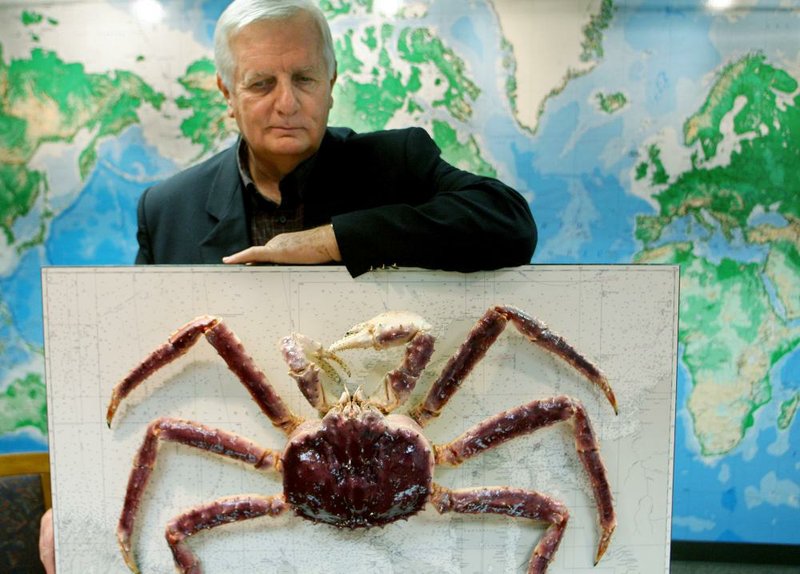Dear Otus,
Our middle schooler brought home a flier yesterday asking her to be "citizen scientist" for the University of Arkansas for Medical Sciences by helping them collect ticks and sending them to a research team.

Disclaimer: Fayetteville-born Otus the Head Cat's award-winning column of 👉 humorous fabrication 👈 appears every Saturday.
I foresee so many problems on so many levels, beginning with the kids running bare legged through the tall grass. And wasn't there some kind of monster tick roaming the state a few years back?
-- Dan D'Lyon,
Sheridan
Dear Dan,
It was wholly a pleasure to hear from you and a further pleasure to encourage you to sacrifice your child in the name of science.
Perhaps sacrifice is too strong a word. Probably.
I'm sure your child will be just fine and will gain an appreciation for the daunting task faced by the UAMS entomologists in their goal of obtaining a clear picture of what kinds of ticks inhabit different parts of Arkansas and what pathogens they carry.
Say! You can go with your daughter and make it a fun day in the woods.
And make no mistake, ticks may be tiny, but they pack a big wallop. Among the diseases the little bloodsuckers can carry are Rocky Mountain spotted fever, tularemia, ehrlichiosis, relapsing fever, Colorado tick fever, babesiosis, human granulocytic anaplasmosis, oscitancy, borborygmus, ephelides, eructation, horripilation, onychophagy, pandiculation, singultus, sphenopalatine ganglioneuralgia, and the big one, Lyme disease.
It's Lyme disease that has officials concerned. Lyme disease may induce astrocytes to undergo astrogliosis (proliferation followed by apoptosis), which may contribute to neurodysfunction. That can lead to facial palsy, severe headaches, swelling in large joints, shooting pains, arthritis in the joints, cognitive difficulties, chronic fatigue, sleep disturbances and changes in heartbeat. Even, eventually, death.
Since most previous Arkansas tick studies were conducted in the northern part of the state, UAMS hopes to get participants from all over in order to complete an overall picture.
Hospital officials say the best way to submit the sample ticks you pluck off yourself or your pet is place the ticks in a small Ziploc bag with a moist cotton ball or piece of wet paper towel and seal the top of the bag with tape. Place the baggie and the completed form (see below) in a small padded envelope and mail it to the address on the form.
Small baggies might work for the ticks with which most of us are familiar. These include deer ticks, dog ticks, wood ticks and Western black-legged ticks. But you'll need a large UPS box if you encounter the giant Mexican crab tick. There have been reports the arachnid has returned and this time farther north than southwest Arkansas -- perhaps as far north as Mount Nebo State Park.
Hurricane Katrina blew the first giant Mexican crab ticks into south Arkansas in 2005. This species does not feed on deer, the natural food source of native ticks. The crab tick's usual diet consists of raccoons and other small mammals, bass and catfish and the occasional armadillo and rat-tailed smoot.
The crab tick trapped in 2007 at Millwood State Park (see photo) had been sucking on a young anhinga (also called a water turkey) before being discovered by a fisherman.
Dr. Apu Nahasapeemapetilon, internationally renowned hematologist and director of the University of Arkansas' Donald J. Tyson Center for Vector-Borne Disease and Donald W. Reynolds Tick Encounter Resource Center in Fayetteville, studied the tick, then had the specimen mounted. It's on permanent loan to the world-famous Arkansas Tick & Chigger Farm and Petting Zoo on Whittington Avenue in Hot Springs.
Ben "Bubba" Edlund, third-generation owner/operator of the facility, said, "My grandpappy Tootie bought this place in 1927 and started out with just one big room full of ticks. We've expanded six times over the years to include chiggers and we had to add a whole extra room just for the crab tick."
Edlund says up to 200,000 visitors a year come to see the giant Mexican crab tick.
"I'm glad this critter's stuffed," Edlund says. "I'd hate to come across one in the woods."
Until next time, Kalaka reminds you to find details on the tick hunt, including the official Arkansas State Tick Testing Form, at [email protected].
Disclaimer
Fayetteville-born Otus the Head Cat's award-winning column of
Z humorous fabrication X
appears every Saturday. Email:
HomeStyle on 04/08/2017

